Wither conformation - variations on "normal"
We are no longer building saddle trees, but we have two videos about how Western saddles fit horses available on our westernsaddlefit.com website.
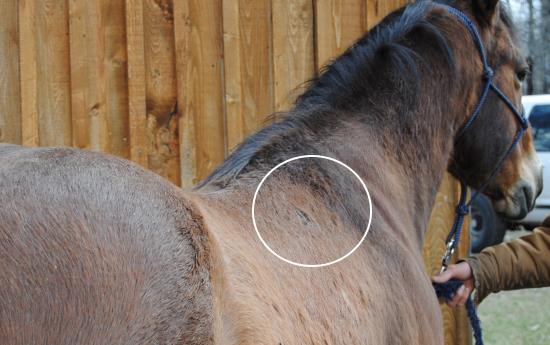
We’ve talked before about the bell curve and how we see it applying to equine conformation related to saddle fit. The idea of the bell curve also applies to the conformation of the “wither pocket” area, where there is quite the variety of shapes. Wither pocket is not a technical term, but is pretty much understood by a lot of western saddle makers to designate the area behind the shoulder blade where the front bar pad is supposed to rest, as shown in the above picture.
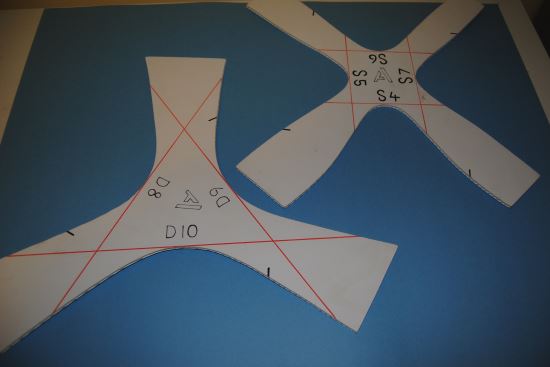
To give you an idea of the range of size/shape there is in the wither pocket, here are the extremes of the Dennis Lane cards at the A position. This card is made to fit right behind the shoulder blades, so there can be even more variation in the area about 2-3 inches back where the center of the front bar pad sits. Yes, these horses do exist. And yes, there are even horses outside this range. We have back drawings where the D10 card was still too small, but I think it would be very hard to be any smaller than S4…
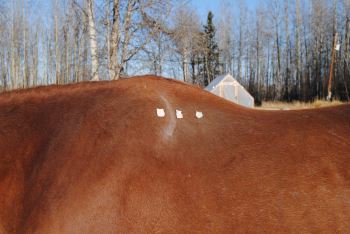 |
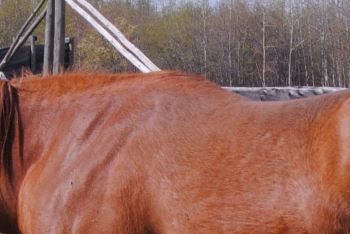 |
| Here is Dancer at her most concave, shorty after we got her. | After dealing with bad teeth and giving her free choice hay and some grain, she packed on the pounds. |
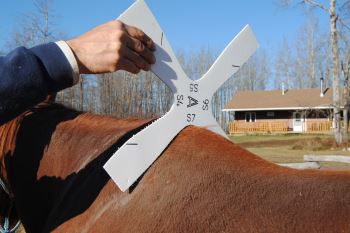 |
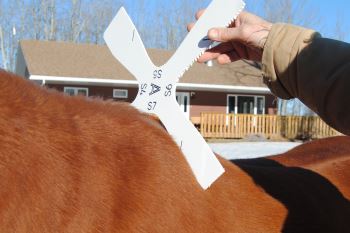 |
| At this point, the S7 card was too big. | But here it was too small! |
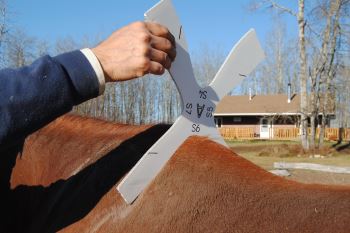 |
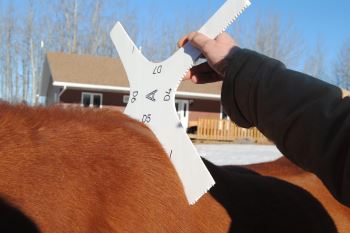 |
| S6 fit at this stage. | D5 fit at this point - and there are two cards between these. |
The wither pocket area behind the shoulder blade can change shape, within a range, based on age and especially body condition of the horse. Obviously fat horses are fuller in the wither pocket area than they are when they are fit. (And Dancer eventually settled out to be a pretty consistent D4...)
The shape can also change a bit depending on how the horse is standing, how their legs are placed and even how they turn their head and necks. However, when looking at horses that I figure are still normal (whatever that means), it seems that regardless of the shape of the wither pocket, there is always a smooth flow between the shoulder blade and the wither pocket - no lumps or sharp transition zones. Here’s some examples of the range that is out there.
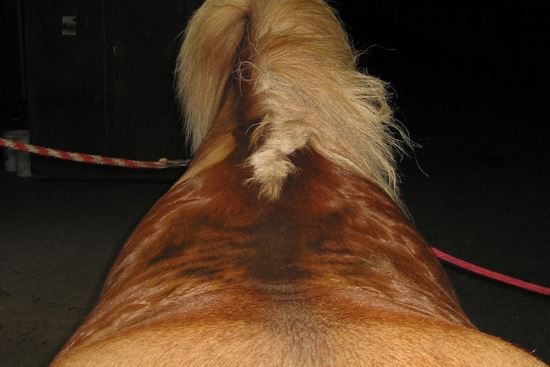
This guy is larger than D10. He is conformationally very round normally, and he is also extremely difficult to keep weight off even when in use. So this is his “normal” shape.
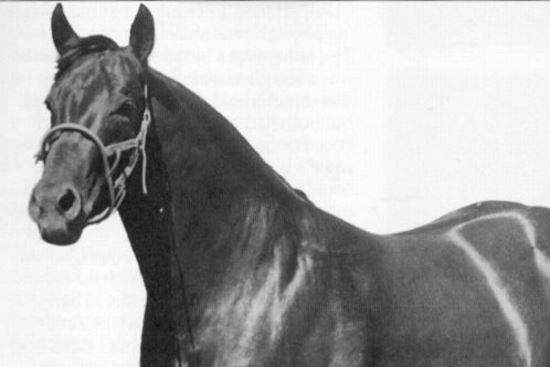
Here is a picture of Poco Bueno, a very influential stallion in the performance horse world. You can see how he bulges outward at the wither pocket area with his heavy musculature.
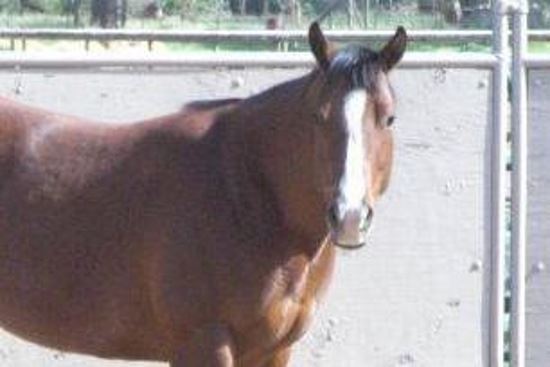
This is a very large ranch horse from California. He may be close to the far end of the bell curve, but more and more big bodied horses are being used as working ranch horses. How do we know? We see the shift in what our saddle maker customers are ordering for the type of horses their working cowboy customers are using - and specs are getting larger. (Of course, it still really varies place to place.)
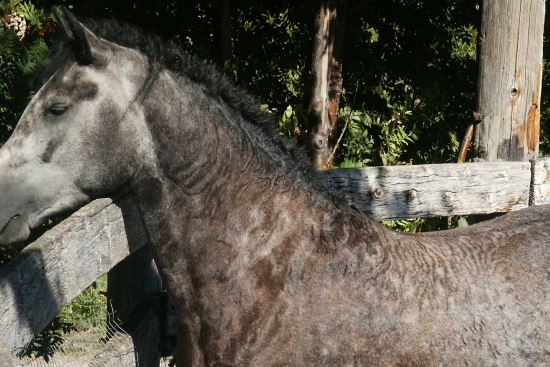
This is a Curly horse. Despite looking like a barrel, she is actually very fit in this picture as she spends her summer climbing mountains in BC. This is her normal working shape.
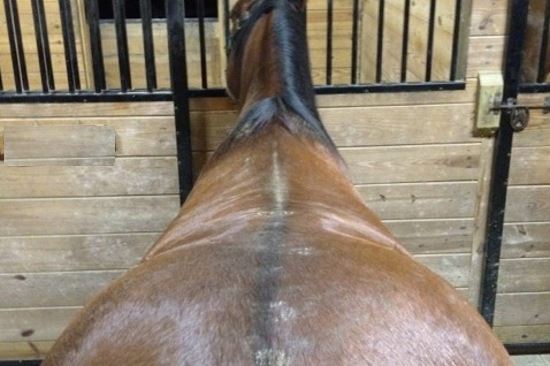
We deal with some horses that are very flat from shoulder to back, neither concave nor convex. The distinction between the wither pocket and the shoulder blades is often difficult to see. Some horses, like this one, have that shape and are very wide angled.
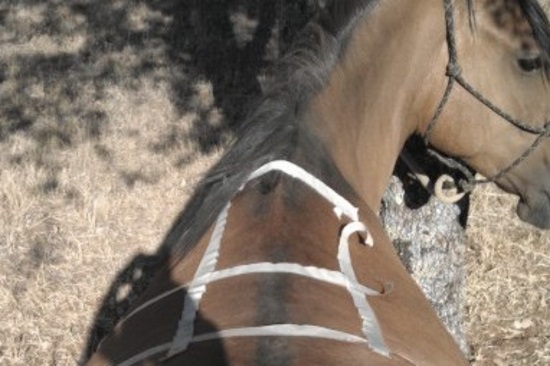
Some are medium in their width and angle.
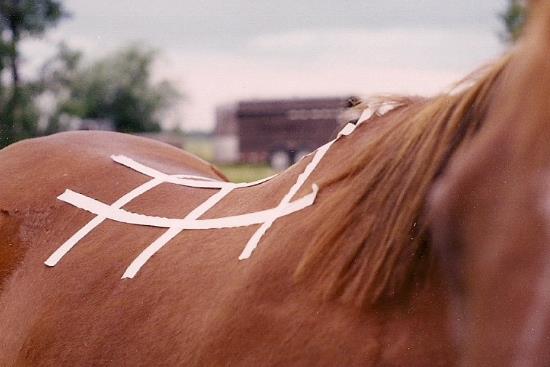
Some are more narrow. This is a running QH we saw a few years ago. Very flat through the withers, despite the relatively narrow angle.
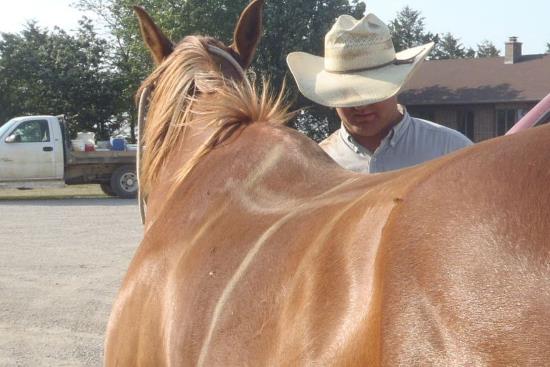
Many horses we deal with have a slight concavity in the wither pocket area. Being concave there doesn’t necessarily mean atrophy. It can just be normal shape. We see a lot of horses like this fairly typical QH with a slightly concave wither pocket. But notice that it goes smoothly into the shoulders.
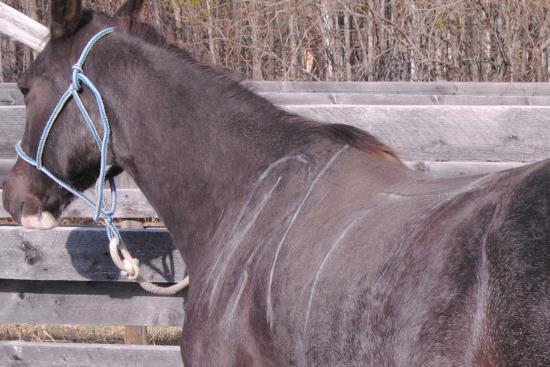
Here is a 12 year old, unbroken Tennessee Walking Horse mare. She has the typical concave wither pocket, but you can see how smooth the transition between shoulder blade and wither pocket area is. No atrophy here, as she was never saddled or ridden, but not a lot of muscle development either as she had basically lived her life constantly on pasture.
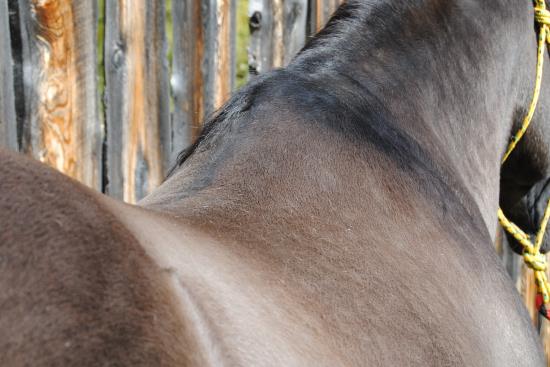
This is a 20 plus year old QH who was used as a working ranch horse for a lot of years. He was getting fairly sway backed here, but the transition between the slightly concave wither area and the shoulders was still smooth.
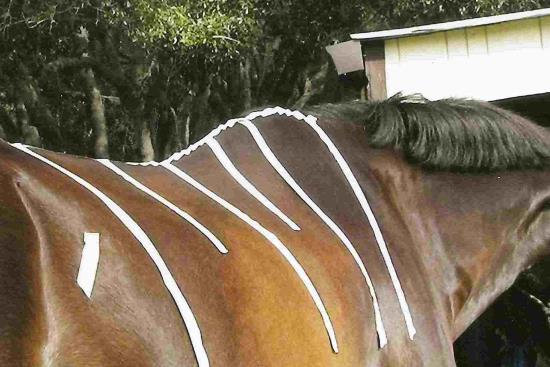
Then as you go down the other side of the bell curve, you get withers that are more and more concave. This horse is a Warmblood. I talked at length with the (very gracious) owner when we got this picture a number of years ago because to us, who had primarily seen QHs at that stage, this horse looked very concave and I was concerned about muscle atrophy. However, we have since come to understand that this is the normal conformation of many healthy Warmbloods. This horse was in working shape for the breed, and not atrophied. Again, notice the how smoothly the concave wither area transitions into the shoulder.
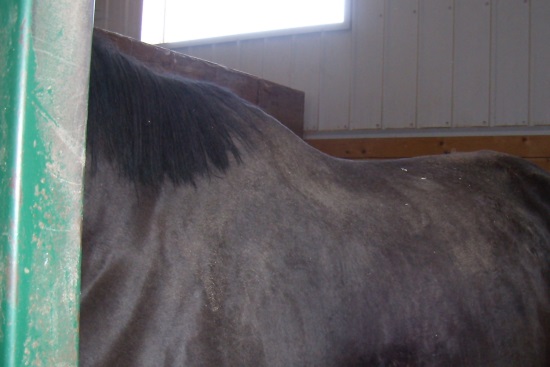
Here is a 3 year old, unbroke Warmblood. She has quite the concave wither pocket, probably from undeveloped muscles as I believe she had spent her entire life in barns and small pens with minimal exercise and no training. But knowing that she was never ridden rules out atrophy from saddle damage as a cause of her wither area conformation. You can easily see the back of the shoulder blade as it dips down into the concave wither area, but it is still relatively smooth. There is no lump on the back edge of the shoulder blade.
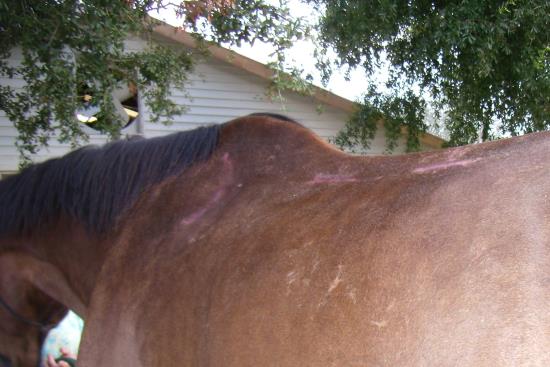
This horse is one of the narrowest ones I have ever seen. He was an 18 hand Thoroughbred who was injured when being started as a riding horse, and he had spent the last 18 months standing in a stall. There was minimal muscling anywhere on his body because he just hadn’t used his muscles for so long, but the lack of muscle on his back was not due to pressure atrophy from saddles as he had never been ridden. Again, you can see how smooth the transition from his shoulder blade into the wither pocket area is.
There’s the range we have seen - so far - of “normal". So what do we do to fit this range? Well…
The shape of the wither pocket area is what we use to set the spread between the bars and the bar angle. Obviously the rounder withers need a wider bar angle and the narrower ones need a narrower angle.
The spread between the bars has to do with the total size of the horse and the overall width of the wither area. (If you get the tree too wide, the saddle will fall down at the front.)
Rock also plays a part, as basically the curve towards the shoulder blades is part of the rock. Horses with lots of muscle up front need more rock, as do horses with a really concave wither pocket area, while the horses that are flat between the two need less rock in their bars.
And a very important part which we don’t often hear in discussions of saddle fit is the amount of crown. The more concave the wither pocket, the more crown the bar should have. This gives lots of relief to the bar edges which are more apt to dig in on concave areas. The flatter wither pockets get less crown overall, but still need some so the edges don’t dig in. And the convex wither pockets? Well, we don’t make concave bar pads. Why not? That same word - edges. When there is weight in the saddle, the bars are pressed down into the horse to some extent, and concave bar pads will have edges that could create problems. So they get much flatter (but not totally flat) bar pads, and there is still relief on the edges so they don’t dig in.
So fitting the wither pockets isn’t just a one factor deal. You can’t say “the angle is good so it fits”. Practically, what do you check on a saddle? That nothing is digging in but that most of it has contact. Yup, it’s difficult when everything is made into a saddle, but at least if you have a basic awareness of your horse’s shape, you will know where the problem areas may lie. With a convex wither pocket, make sure there isn’t too much crown to get a high pressure spot in the middle. With a very concave wither pocket, check the edges of the bars - front, bottom and top - to make sure nothing is digging in there.
Just to be clear, we haven't been asked to (and won't) build trees for the unbroke horses with under-developed muscles. This is why if people want to go to the work of discussing their horses with us, we ask for information from when they are in good working shape. If they ride multiple horses, it is usually one body type and we try to fit the average. And if they ride the full range, we tell them they need more than one saddle to do it well!
So much for “normal”. Some day I’ll put up a post of what we recognize as abnormal or damaged horses.
